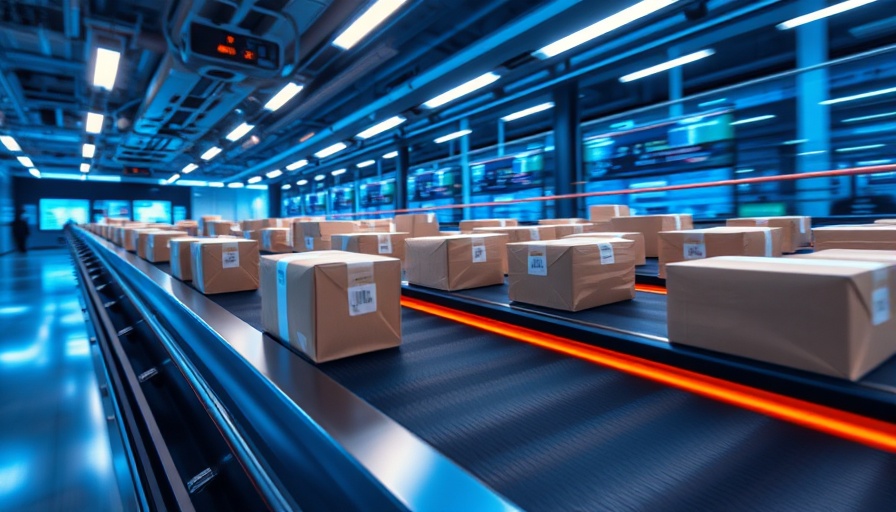
Reimagining Digital Commerce: The Harper Stack
Harper's recent innovations have fundamentally reshaped the tech stack used in digital commerce, promising a new wave of efficiency and scalability for businesses. As online shopping continues to grow, there is an increasing need for robust infrastructures that can handle massive transactions without compromising speed or security. Harper's stack, built on the MACH (Microservices, API-first, Cloud-native, and Headless) architecture, positions itself perfectly to meet these demands.
The Importance of MACH Architecture in Today's Market
Businesses are under constant pressure to adapt to changing consumer preferences and rapid technological advancements. MACH architecture facilitates this by allowing companies to implement new features quickly and seamlessly. This modular structure means that businesses can update their systems without comprehensive overhauls, significantly reducing downtime and maintenance costs—a key consideration in today's fast-paced e-commerce environment.
Future Predictions: How Tech Stacks Will Transform Consumer Experiences
Experts predict that the successful integration of Harper's innovative stack could redefine customer engagement. With enhanced data analytics capabilities embedded within the architecture, companies can personalize shopping experiences like never before. As AI-driven systems harness consumer data, businesses will gain insights that allow for targeted marketing and improved customer service, leading to higher conversion rates.
Counterarguments: Challenges to the Adoption of New Tech Stacks
While the benefits of adopting advanced tech stacks are substantial, there are hurdles to overcome. Many smaller businesses may lack the resources to transition efficiently to a MACH architecture. Additionally, traditionalists within companies may be hesitant to change from legacy systems, fearing disruption or data loss during migration. Addressing these concerns will be crucial for widespread adoption.
Global Perspectives on Digital Commerce Evolution
The transition to high-speed digital commerce is not just a local issue; it spans across global markets. Countries with emerging technologies are increasingly investing in e-commerce infrastructures, striving to keep pace with profit-driven nations. The collaboration between nations to enhance digital capabilities will likely spur competition and innovation, making it vital for tech companies like Harper to refine their offerings continuously.
How to Prepare for Changes in Digital Commerce Landscape
Businesses looking to stay ahead should focus on several key strategies: firstly, investing in talent who are well-versed in new technologies. Moreover, companies should foster a culture that embraces change and innovation. Training programs and workshops can help staff adapt to new systems and keep the organization agile in front of evolving competitive landscapes.
Taking Action: Embracing the Future of Commerce
As we witness the ongoing transformation in how businesses utilize technology for commerce, staying informed is imperative. The advancements that Harper is implementing get to the core of future technology trends, spotlighting the necessity for companies worldwide to adapt swiftly to maintain relevance. Engaging with tech news today can help professionals stay ahead in an increasingly digital world.
Conclusion: Your Role in the Evolving Digital Landscape
The innovations introduced by Harper represent a pivotal point in the evolving retail and commerce sectors. As AI and new technologies continue to reshape markets, it’s paramount for every organization to strategize and implement relevant technologies efficiently. Stay engaged, informed, and ready to adapt—because the future of shopping is here, and it’s digital.
 Add Row
Add Row  Add
Add 




Write A Comment